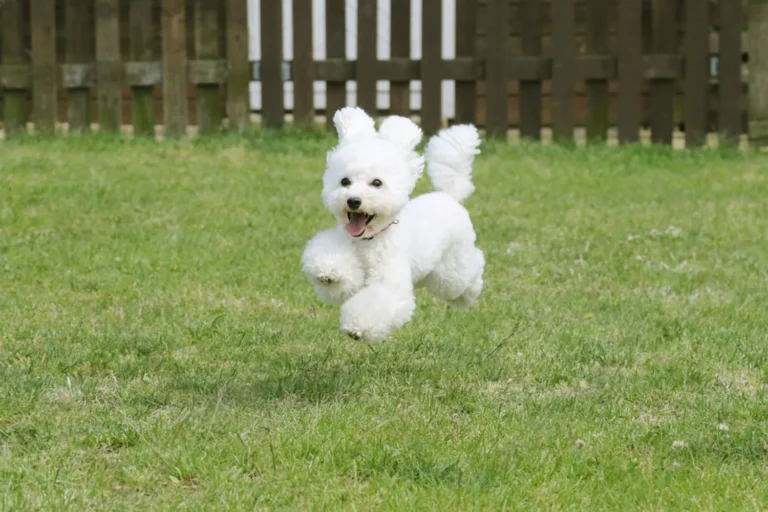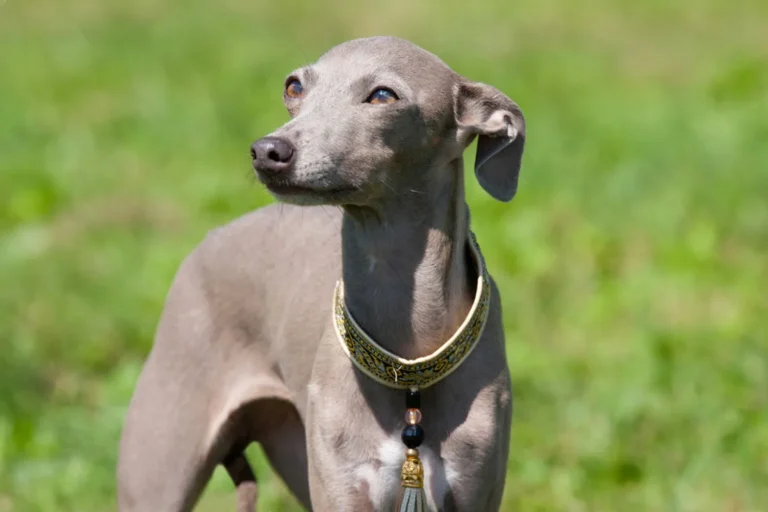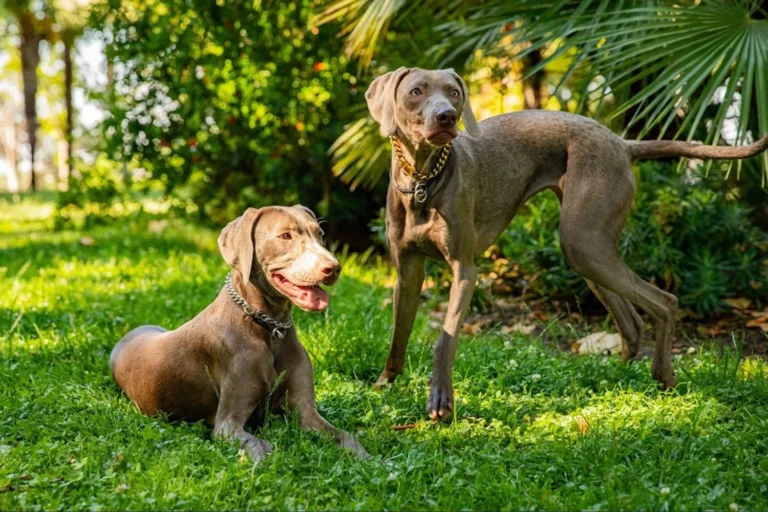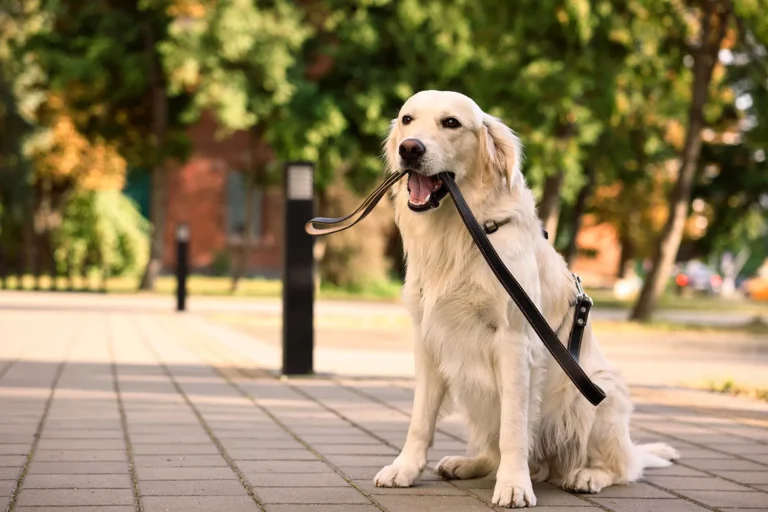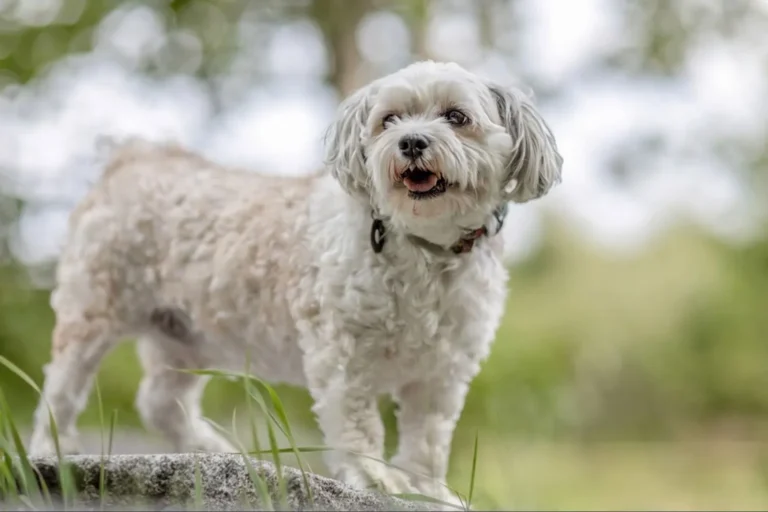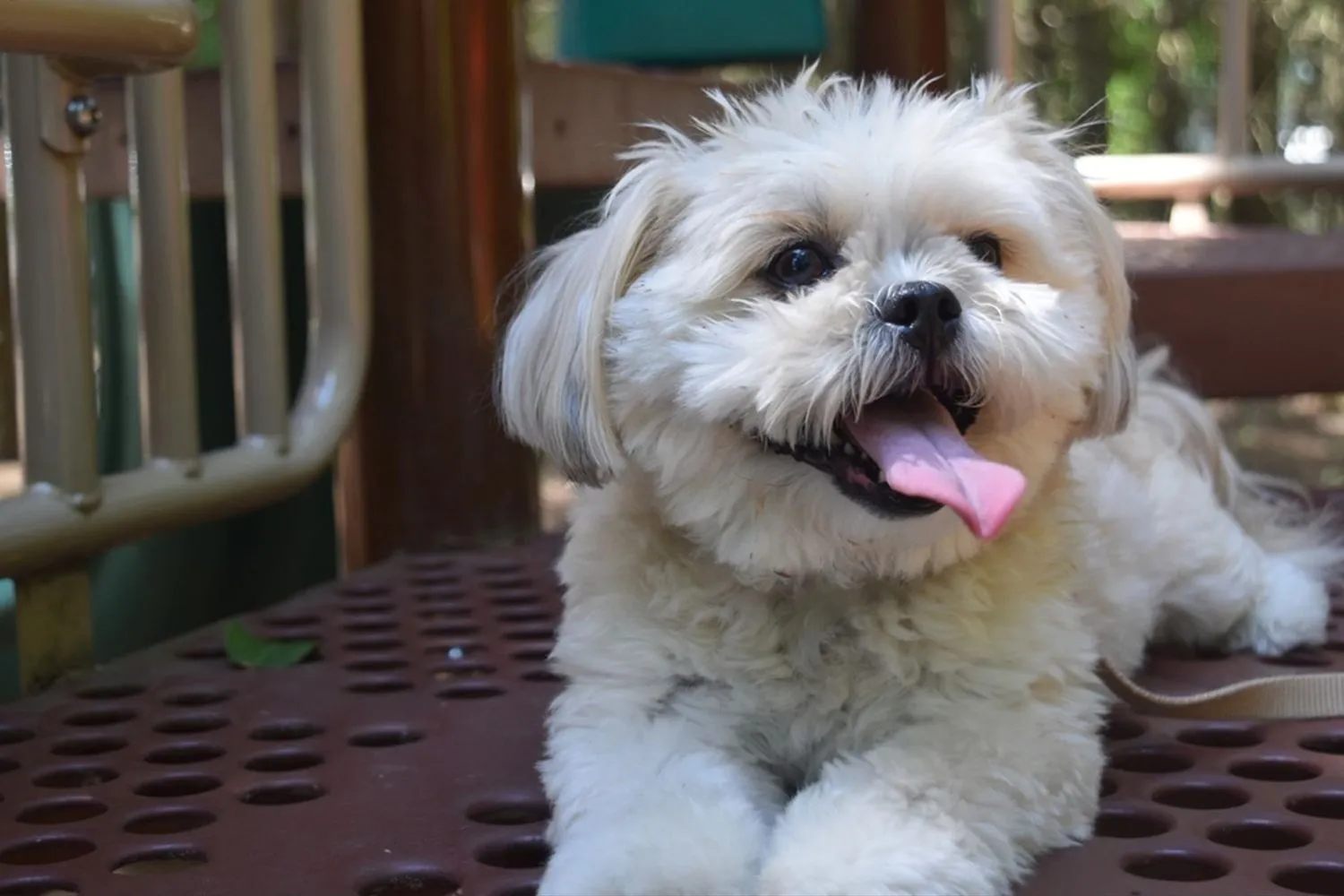
The Lhasa Apso has been charming humans for centuries, once padding through Tibetan palaces with the composure of tiny royalty. I remember the first Lhasa I met at a rescue event he trotted across the room like it was a red carpet and then hopped onto a chair as if it were his throne. That regal vibe never quite left the breed. These days, though, you’re far more likely to find one curled up on your couch, acting as both cuddler and vigilant living room guardian. My friend’s Lhasa perches on the back of the sofa like a little emperor, calmly watching the hallway and announcing the arrival of the delivery driver with a dignified woof.
If you’re thinking of life with a Lhasa, expect equal parts affection and independence. They love a warm lap but also appreciate having their own cozy spot to survey the room. A few brush outs each week keep that gorgeous coat from matting (I like to make it a tea and grooming ritual), and a quick tie up of the bangs helps them see their kingdom clearly. Daily walks, a couple of spirited zoomies, and a puzzle toy keep their minds happy. Training goes best with patience and good humor short, positive sessions suit their proud streak. Give them a comfy perch and a routine, and they’ll repay you with loyalty, laughter, and the sweetest couch snuggles.
History and Origin of the Lhasa Apso
Picture the high, wind swept monasteries of Tibet, prayer flags snapping in the breeze, and tucked just inside a doorway, a small, dignified dog keeping watch. That’s the Lhasa Apso’s story in a nutshell. The breed hails from Tibet, developed through selective breeding from the Tibetan Terrier into a compact, alert sentinel. In Tibet and China, they’re called Abso Seng Kye Bark Lion Sentinel Dog which says everything about their job and attitude.
Lhasas were prized as indoor watchdogs in monasteries and palaces, alerting monks and nobles to anything unusual. I love that their name nods to both form and function: the “lion” part references Buddhist lore about the Buddha’s power over lions, and, of course, that glorious head of hair that frames their face like a tiny mane. Tradition even tells of Lhasas watching the inner halls while larger guardian breeds kept the outer grounds secure. When my Lhasa mix stations himself by the front window and gives me that “Don’t worry, I’ve got this” look, I swear I can hear a faint echo of monastery bells.
Their sacred status in Tibet ran deep. Lamas believed that if they didn’t reach Nirvana in this lifetime, they might be reincarnated as one of these cherished dogs. That belief meant Lhasas were treated with immense respect and care. A breeder I once spoke with in California joked that Lhasas never forgot their temple roots they expect you to open doors for them like a doorman at a fancy hotel. Honestly, she’s not wrong. A tip from living with alert little sentinels: give them a job. A window perch, a daily “patrol” around the yard, and praise for quiet, calm checking in works wonders.
As the dogs became esteemed gifts to honored guests, they traveled beyond Tibet. Those exchanges led to Lhasas mingling with breeds like the Shih Tzu and Pekingese as they spread across China. That’s partly why you’ll catch hints of family resemblance those big eyes and that confident, floating trot.
The breed stepped onto the American stage in 1933 when the Dalai Lama gifted a pair to an American world traveler and naturalist, who began breeding them. Not long after, in 1935, the American Kennel Club officially recognized the Lhasa Apso. I remember seeing one at a local show tiny body, huge presence gliding around the ring like it owned the carpet. That’s the Lhasa through and through: centuries of watchfulness wrapped in elegance.
Today, beneath the silky coat and charming quirks, you’ll still find the heart of a steadfast sentinel. Treat them with the respect their history deserves, and they’ll repay you with loyalty, laughter, and a house that somehow feels a little more sacred.
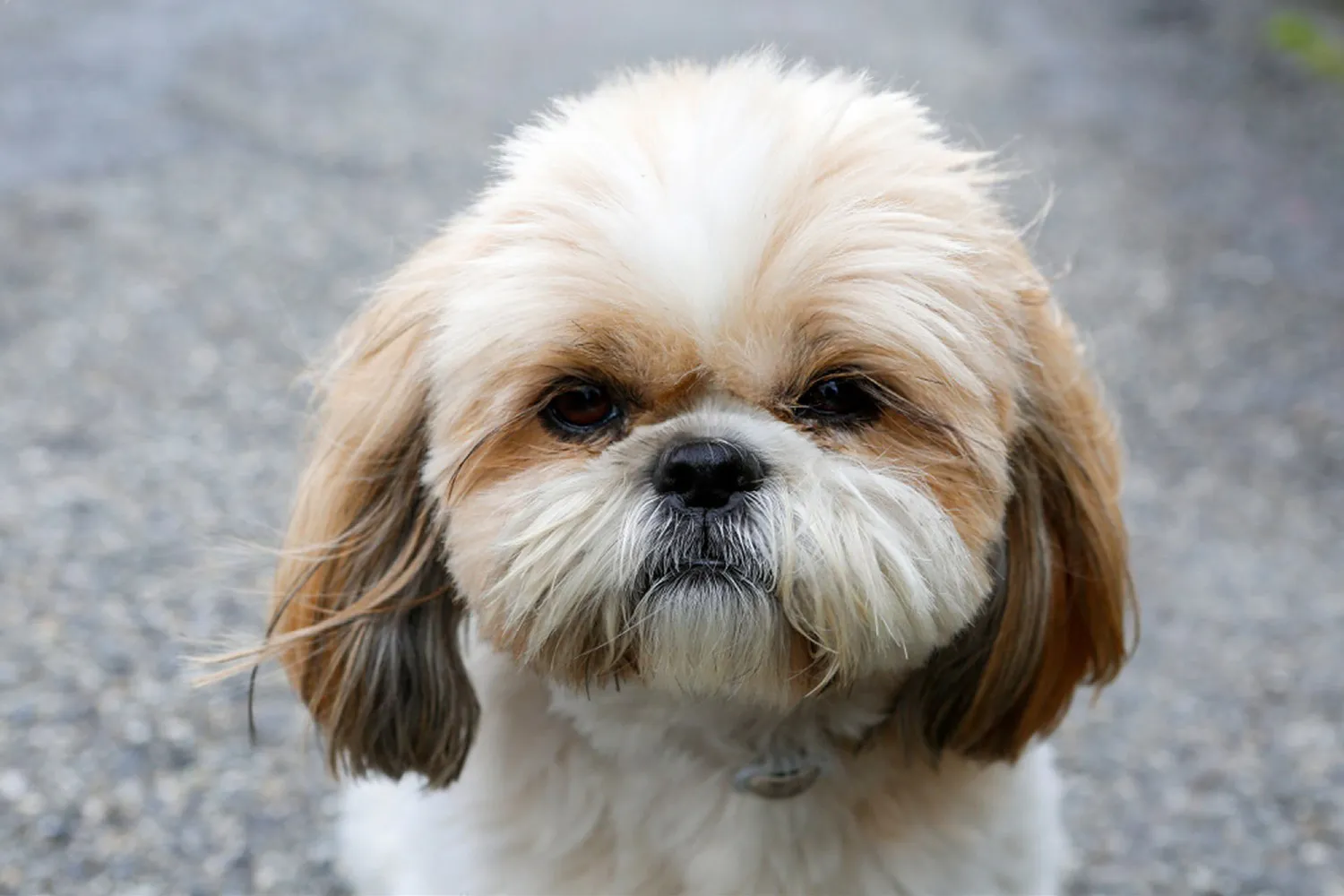
What Is a Lhasa Apso?
The Lhasa Apso is a small, sturdy companion wrapped in a long, thick, dense coat. Bred as keen eyed watchdogs in palaces and monasteries, they still carry themselves like little dignitaries confident, a bit independent, and very loyal. Expect an alert bark when the doorbell rings; my neighbor’s Lhasa does a quick “patrol” of the hallway before settling at our feet, clearly pleased with a job well done.
That glorious full coat comes in many colors black, honey, slate, and parti color among them and it looks especially lovely when brushed and parted. I like to tie the bangs into a soft topknot and wipe the face daily to keep those expressive eyes clear. If you’d rather not brush several times a week, ask your groomer for a tidy puppy cut. Add early socialization and a calm, consistent “quiet” cue, and you’ll have a bright, watchful little companion who fits beautifully in an apartment or a cozy home.
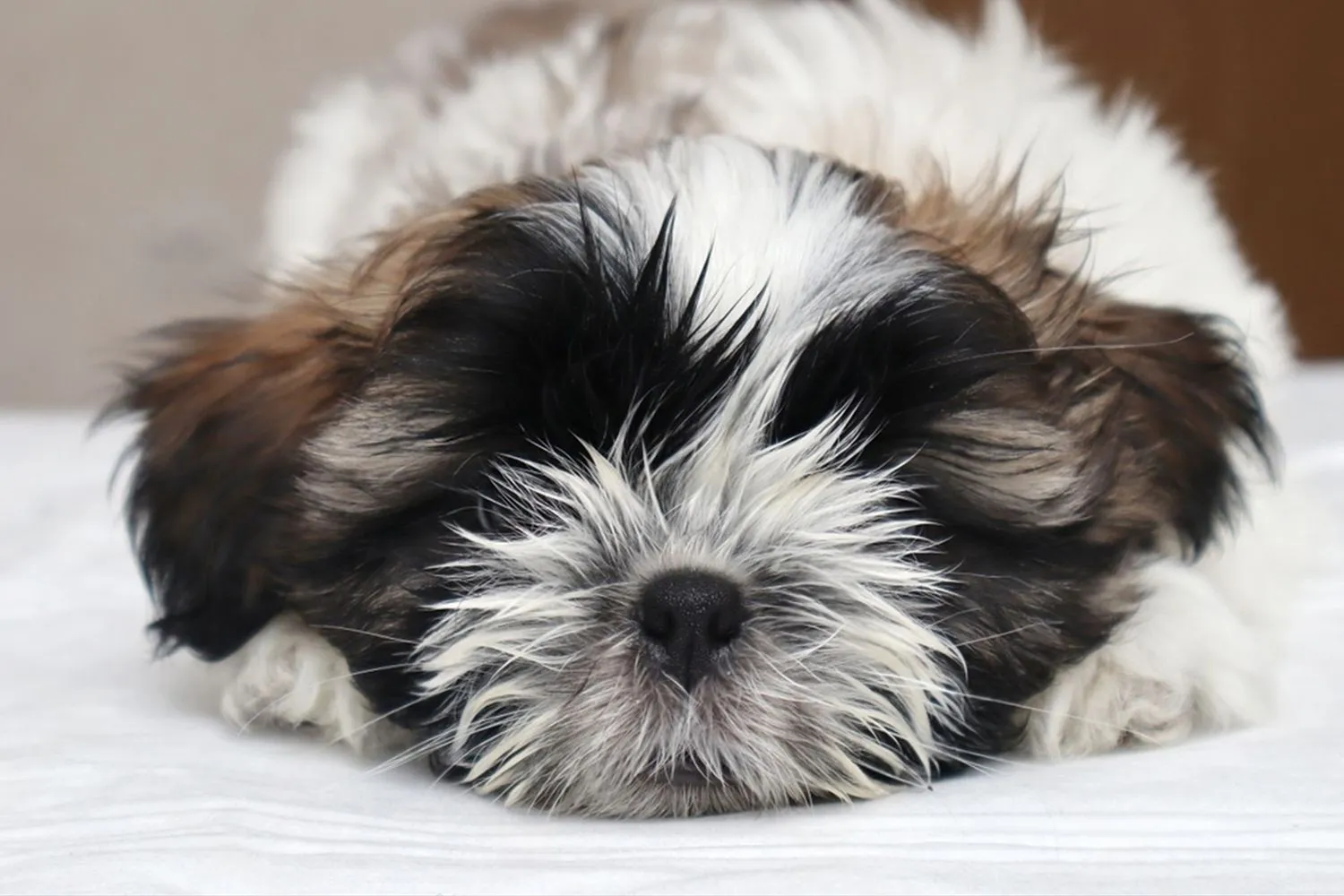
Who Is a Lhasa Apso Best For?
If you’ve got a cozy apartment and a soft spot for a loyal little shadow, a Lhasa Apso might be your perfect match. They’re not high octane athletes, so they fit beautifully into smaller homes and calmer routines. That said, don’t mistake “low energy” for “no exercise.” Mine would happily snooze through an entire Sunday, but a short daily walk kept him trim and cheerful. I used to do a 15-20 minute loop after breakfast and a quick evening stroll, and that rhythm worked wonders.
Because they love being couch potatoes, Lhasas can pack on the pounds if you’re not careful. A couple of short walks and a bit of indoor play a hallway fetch session, a few rounds with a soft toy, or a snuffle mat go a long way. I often used part of their dinner kibble as training treats to keep calorie counts in check. Little dogs don’t need big snacks, as my vet likes to remind me.
Temperament wise, remember their roots as watchdogs. They can be a bit standoffish with strangers at first, taking their job as “home sentry” quite seriously. My neighbor’s Lhasa, Momo, would sit by the door like a tiny lion, issuing a polite but firm “who goes there?” before deciding you were acceptable company. Give them time and a calm introduction, and you’ll see the flip side: a deeply affectionate, velcro companion who adores their people. Rewarding quiet, relaxed behavior around guests helped Momo warm up faster.
They generally get along with other dogs, but don’t tell them they’re small they won’t believe you. Lhasas often think they’re the boss, even around dogs twice their size. When I introduced one to a friend’s placid Lab, we did a parallel walk first and let them meet with plenty of space. A little structure prevents any “I’m the CEO now” antics and keeps the peace.
With kids, they’re best in homes with older children who understand gentle handling. A Lhasa can get nippy if teased or manhandled, so I like to set up clear rules: soft hands, no grabbing, and let the dog walk away when they’ve had enough. Many Lhasas do fine with cats, too, especially if socialized young. A friend’s Lhasa and her senior cat started with baby gated hellos and, by week three, were sharing sunbeams like old buddies.
One more thing to love: Lhasa Apsos tend to live a long time. The first one I dog sat made it to 17, still bossing everyone around with that wise, twinkly stare. So think of a Lhasa as a long-term commitment in the best way. Plan for years of companionship, regular grooming sessions, gentle walks, and a little daily laughter at just how big a personality can fit into such a small, fluffy package.
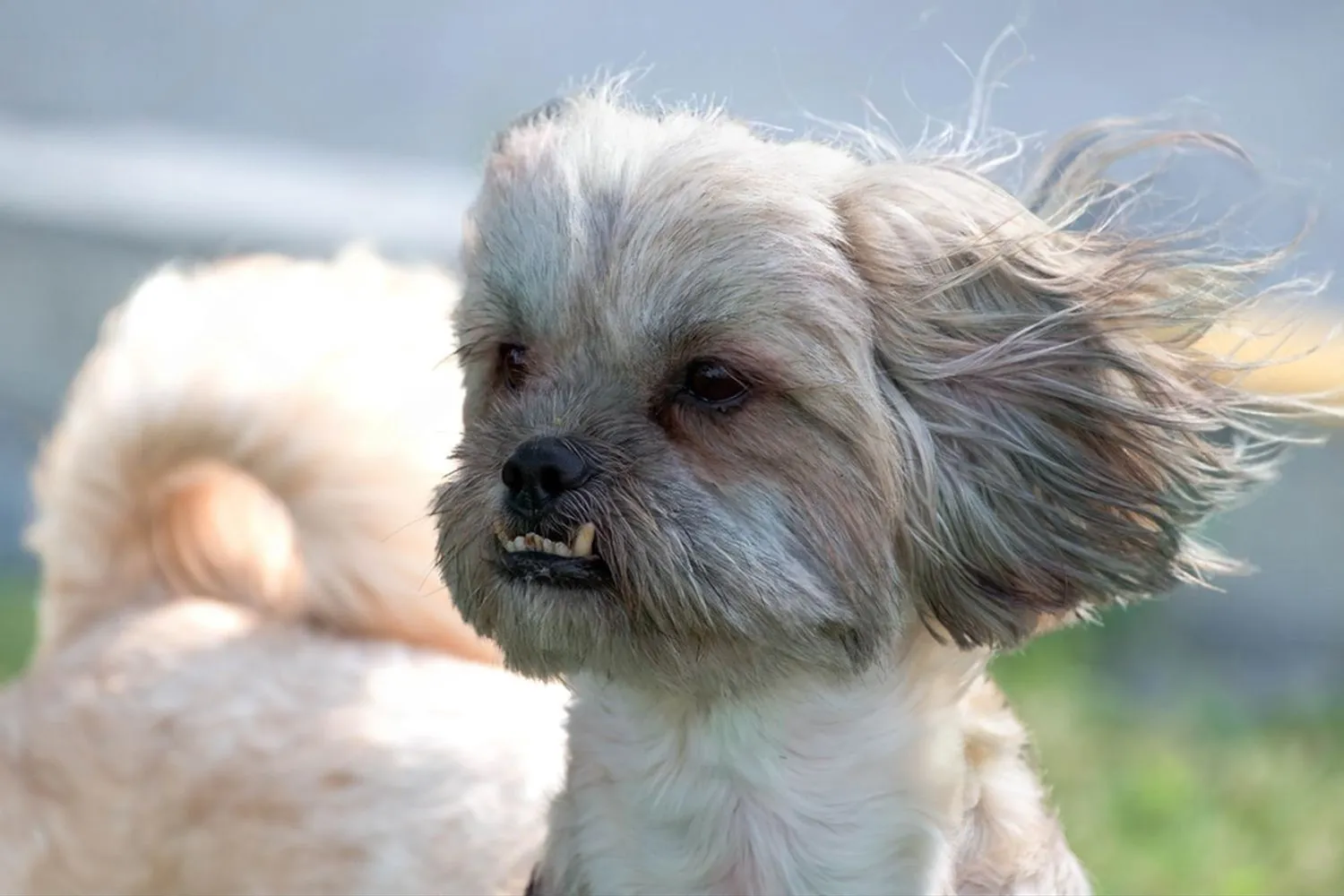
Lhasa Apso Grooming & Shedding
People are often surprised that such a small dog can need such big grooming. Lhasas don’t demand tons of exercise, but their thick, flowing coat does ask for daily attention. A quick 5-10 minute routine each day goes a long way: I use a slicker brush to fluff, then a metal comb to find sneaky tangles, especially behind the ears, under the collar, and around the armpits. A light spritz of leave in conditioner or grooming spray helps prevent breakage and makes the coat easier to manage. I learned the hard way that skipping a day turns small knots into little felted mats one time I found a mat behind the ear the size of a grape that seemed to appear overnight.
Plan on a bath every two to four weeks (so, about once or twice a month). That’s a bit more frequent than many breeds, but it keeps their coat clean and manageable. Rinse thoroughly and dry completely damp hair mats fast. I like to towel dry, then use a low heat dryer while brushing. It’s also a smart time to clean ears, check nails, and wipe the eyes; many Lhasas benefit from a quick daily eye wipe to keep the face tidy. If you keep the top hair clipped shorter or in a little tie, it stays out of their eyes and reduces tearing.
If you can’t commit to the daily brushing, a professional groomer is your best friend. When I was new to the breed, I booked regular appointments and watched how the groomer handled the coat it boosted my confidence at home. Many owners opt for a “puppy cut” or short trim, which makes maintenance much easier; you’ll still want quick daily brushes and baths on schedule, but the time commitment is far less. A good groomer can help you choose a length that fits your lifestyle and set you up with the right tools.
The nice surprise? Lhasa Apsos don’t shed much. You won’t be vacuuming tumbleweeds of hair, and many people with mild allergies do well with this breed, especially with regular bathing and grooming. A friend who sneezes around Labs can cuddle my Lhasa with no trouble as long as I stay on top of that brushing. One last tip: around 8 to 14 months they go through a “puppy coat change,” and mats can explode seemingly out of nowhere. During that phase, I switch to shorter, more frequent brushing sessions, lots of treats, and we both get through it just fine.
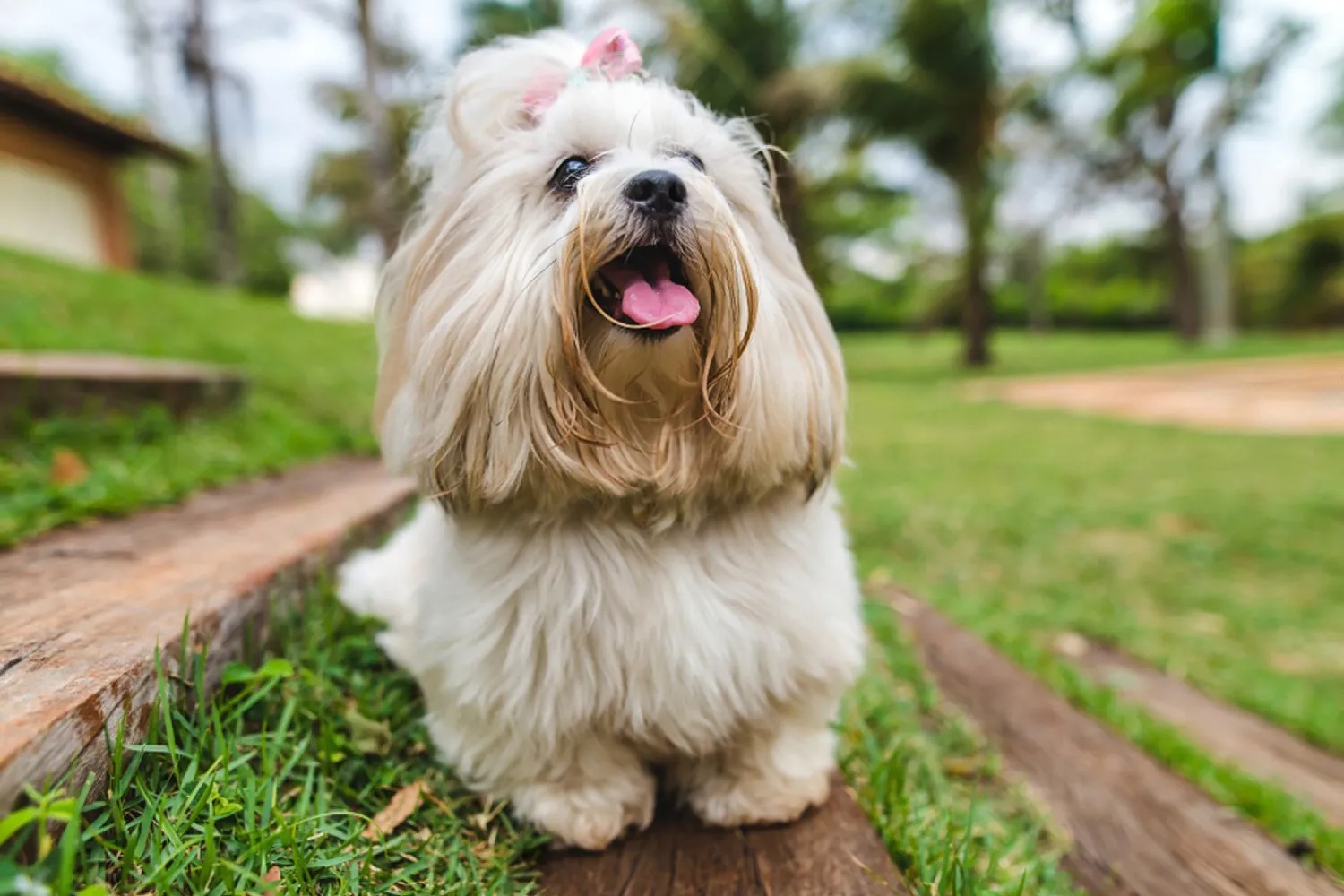
Do Lhasa Apsos Bark a Lot?
Short answer: they can, and they’re not shy about it. With their old watchdog roots, a Lhasa Apso will often fire off a sharp, shrill alarm bark the moment something feels off an unfamiliar person at the door, a rustle outside, or even the neighbor’s cat practicing stealth around your fence. I once dog sat a Lhasa named Tashi who took the doorbell as his personal cue to save the household. One “ding” and he was a pint sized security system, tail up, voice on. It’s not them being naughty; it’s their instinct to alert, and they take the job seriously.
Because of that, early training is your best friend. Teach a “quiet” cue as soon as you can: let them give one or two barks, wait for that tiny pause to breathe, then calmly say “quiet” and reward the silence. My trick is to keep a treat by the door ask for a sit, reward calm, then open. Socialization helps too; more positive experiences with people and sounds mean fewer “red alerts” later. Manage the environment if needed: close blinds facing busy streets, use a fan or white noise during high traffic times, and give their brain a job with puzzle feeders or sniffy walks. Don’t yell (they’ll think you’re barking back). Praise the good choices, be consistent, and you’ll turn that spirited little sentinel into a dog who can announce the important stuff and relax about the rest.
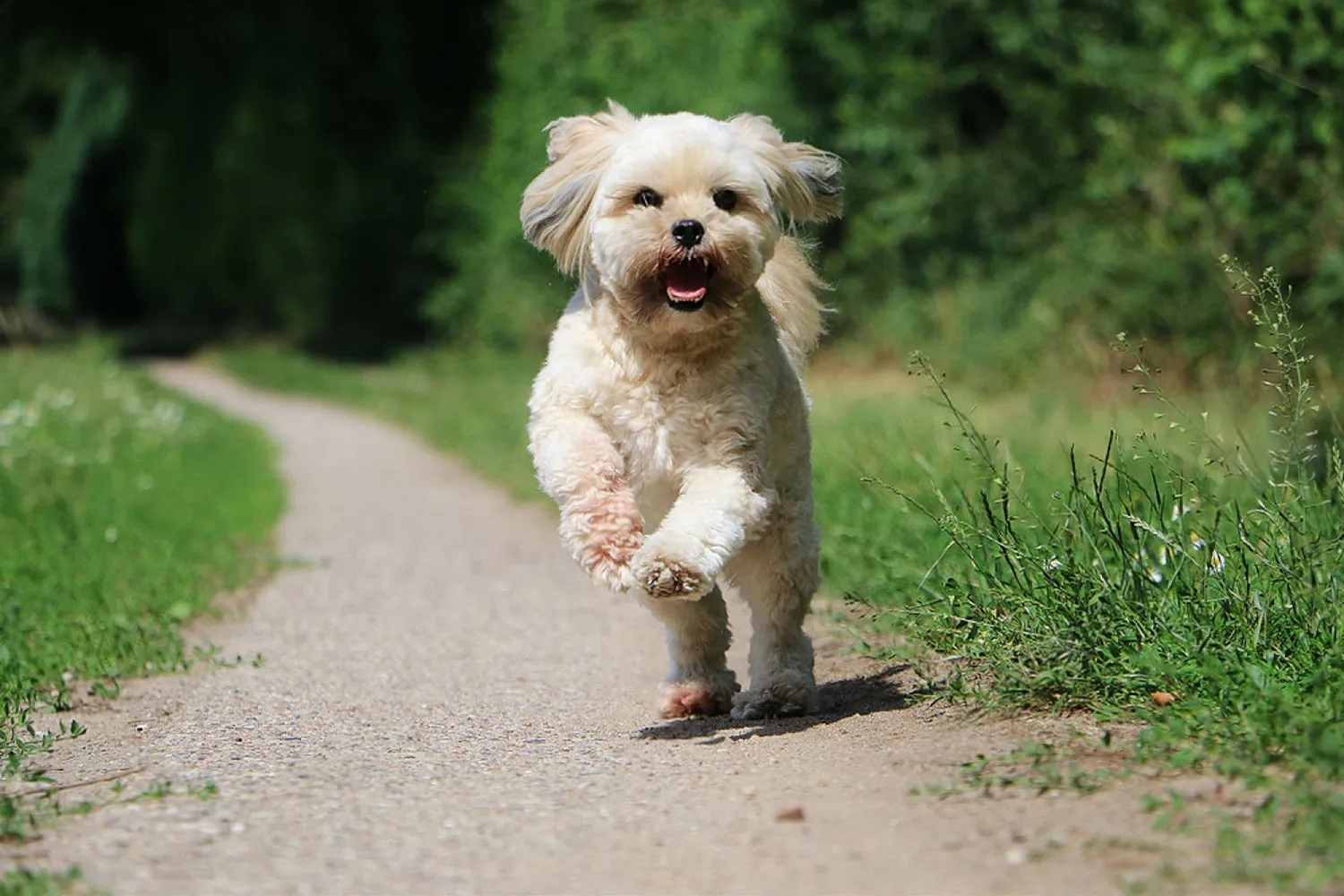
Average Weight and Height of a Lhasa Apso
Petite but full of personality, most adult Lhasa Apsos stand about 23 to 28 cm tall at the shoulder (roughly 9 to 11 inches). Their adult weight usually lands between 5.5 and 6.8 kg, which is about 12 to 15 pounds think the heft of a sturdy bowling ball, but much fluffier and far more opinionated.
Because they’re compact, Lhasas fit beautifully into apartment life and snug laps. I can scoop my friend’s Lhasa under one arm like a loaf of bread when it’s time to leave the park, and he acts like it’s a royal carriage. If you’re shopping for gear, a well fitted small harness is your friend measure around the chest just behind the front legs and choose an adjustable style so you can fine tune the fit. For weighing, I use the “hold and weigh” method on a bathroom scale; subtract your weight and voilà, fluffy math done. Height is easy too: stand your pup against a wall, place a book gently on their shoulders, and measure from the floor to the book’s edge.
Their size also means a couple of small dog tips: use steps or a low ottoman to help them on and off the couch, and watch the treat jar at this weight range, a few extra snacks can add up fast. What matters most is that your Lhasa feels solid but not pudgy, with a waist you can see and ribs you can feel under that glorious coat.
https://en.wikipedia.org/wiki/Lhasa_Apso
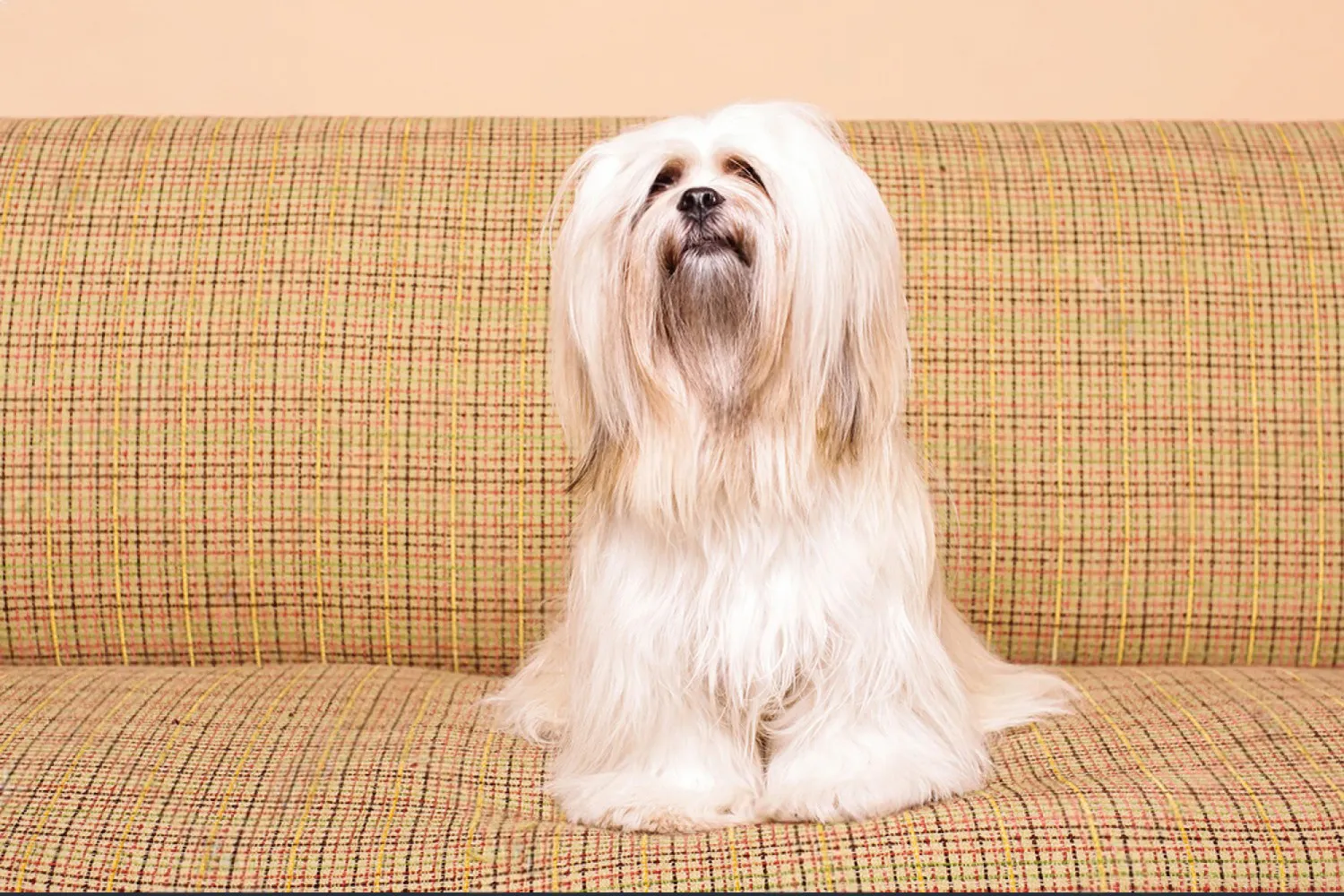
Are Lhasa Apsos Easy to Train?
Short answer: they’re smart, but they like doing things on their terms. Lhasa Apsos were bred as alert little watchdogs, and that independent streak still shows. They’re not as eager to please as some breeds, so training can feel more like a negotiation than a straightforward lesson. I used to pet sit a Lhasa who would sit beautifully only after giving me a very thoughtful look that clearly said, “What’s in it for me?”
If you’re new to dog ownership, just go in knowing that potty training may take longer than you expect. Routine and management make all the difference: frequent trips outside, a consistent schedule, and big rewards the second they go in the right spot. Crates or playpens help prevent “oops” moments, and a potty bell can be a game changer. Skip the scolding; Lhasas are sensitive and will dig in their heels if they feel pressured. I keep an enzymatic cleaner on hand and celebrate the small wins because with this breed, the small wins add up.
Start training as early as possible and keep sessions short, upbeat, and varied. High value treats, play breaks, and ending on a success will keep their interest. Think “make it their idea” shaping behaviors, trick training for fun, and recall games on a long line all work better than drilling commands. Because they were once watchdogs, many love to sound the alarm; teaching a “quiet” cue and providing plenty of mental enrichment (sniff walks, puzzle feeders, settle on a mat time) can help.
If your dream is competitive obedience or agility podiums, a Lhasa Apso might not be your best teammate; they tend to have a mind of their own in that environment. But if you can appreciate a witty, independent companion and approach training with patience and humor, you’ll find the rhythm together. With early, consistent work and a dash of creativity Lhasas can learn beautifully; they just prefer to do it with style.
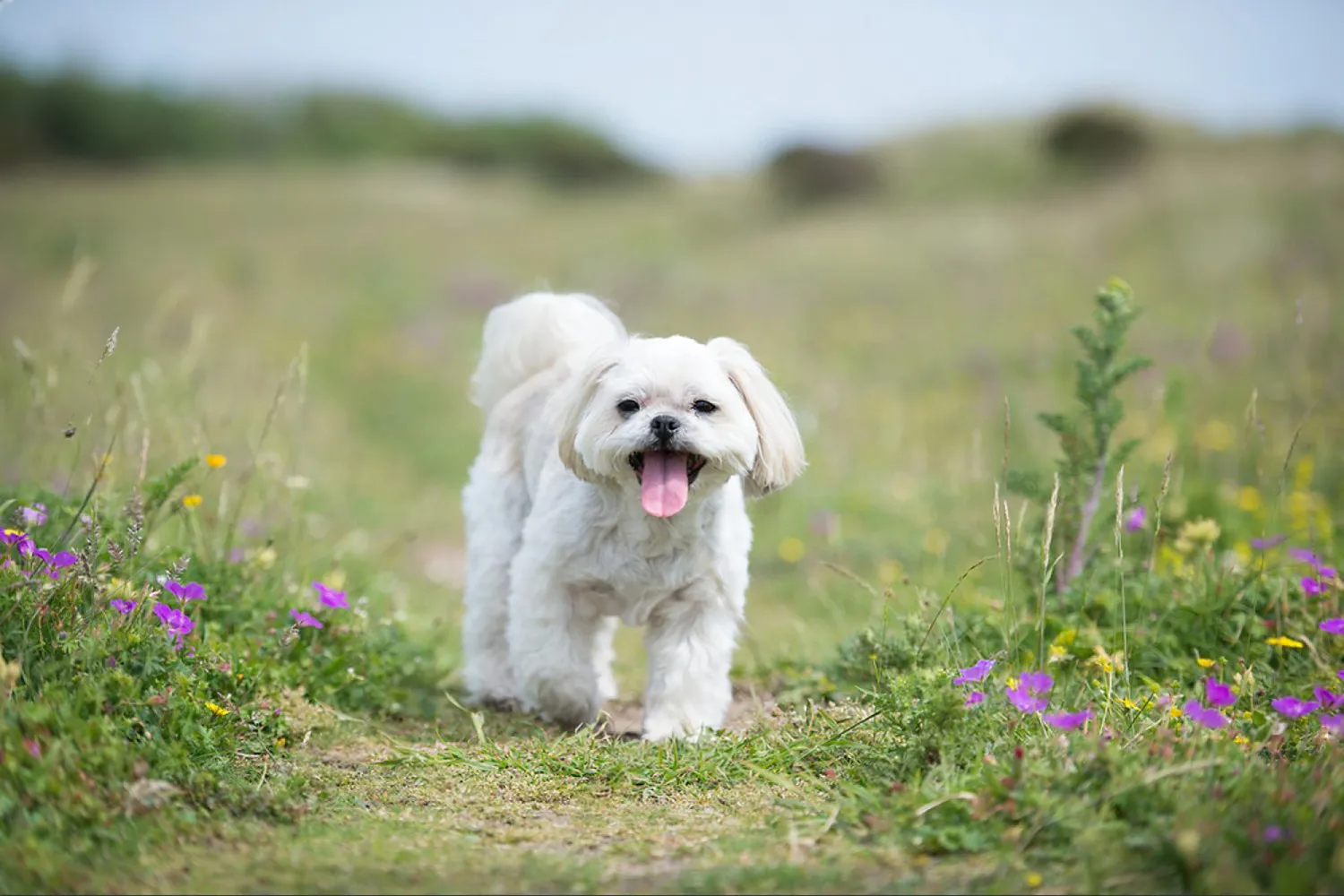
How Do Lhasa Apsos Behave? Temperament and Personality
If you picture a small dog who’s just as happy snoozing on the sofa as playing a silly game in the hallway, you’re on the right track. Most Lhasas adore being near their people and have a knack for finding the comfiest spot in the house. Mine used to wedge himself against the back cushions like a cat, watching the room with that calm, “I’m supervising” look only a Lhasa can pull off.
They’re cheerful, playful souls, and many keep that puppy sparkle well into their third year some never really lose it. Expect sudden bursts of zoomies followed by epic naps. Keep play varied: a short fetch session, a puzzle toy, then a cuddle. Training works best when it’s light and positive; I’ve found three minute sessions sprinkled through the day keep them focused and happy.
Around other dogs and household pets, Lhasas often do just fine, especially with polite introductions. With new people, they may be a bit aloof at first. I like to set visitors up with a few treats to toss from a distance let the dog make the first move, and praise calm curiosity. Many will announce guests with a dignified bark, so teaching a “thank you, quiet” early on is handy.
Here’s the twist: while they love your company, they’re also quite independent. Most handle alone time reasonably well as long as their needs are met. I leave a safe chew, draw the curtains to reduce outside triggers, and keep goodbyes low key. Think of the Lhasa as a refined little companion part couch connoisseur, part playful sprite who thrives on gentle structure, kindness, and a comfy pillow with their name on it.
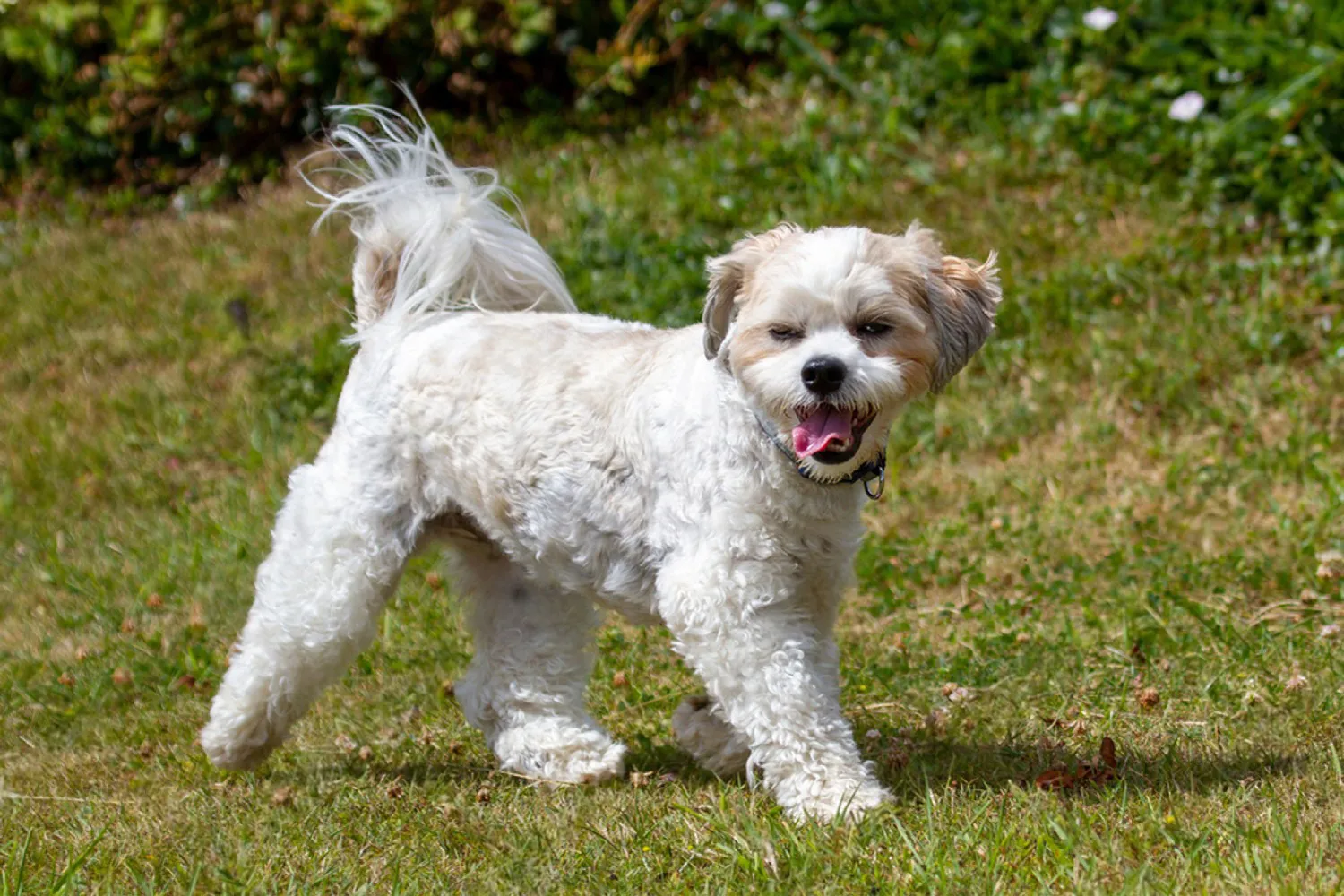
Do Lhasa Apsos Have Common Health Issues?
These little lions are generally sturdy dogs, but like most breeds, they do have a few health quirks worth knowing. I’ve found that staying a step ahead with checkups and a good daily routine makes a world of difference.
Eyes are a biggie for Lhasas. Cherry eye can pop up when the tear gland in the corner of the eye slips out of place; it looks like a small red bump and often needs surgical correction to keep things comfortable. Dry eye (keratoconjunctivitis sicca) is another one low tear production can lead to irritation and gunky corners. One of my Lhasas started squinting and rubbing his face on the couch; our vet did a simple tear test and we now use drops that keep him comfy. Keep the hair around their eyes trimmed, wipe away discharge gently, and don’t wait if you notice redness or squinting. Progressive retinal atrophy (PRA) is a slower, degenerative eye condition that can lead to vision loss over time. Subtle signs like hesitating in dim hallways or bumping into furniture at night are worth mentioning to your vet. Annual eye exams are a great habit.
Their knees can be finicky too. Patellar luxation is when the kneecap slips out of place, causing a skip in their step or sudden lameness. A friend’s Lhasa would bunny hop on walks until they addressed it. Keeping your dog at a healthy weight, using ramps instead of letting them leap off furniture, and avoiding slippery floors can help protect those joints. Your vet can grade the severity and talk through options if it shows up.
Skin and coat deserve a little extra attention. Allergies can cause itchiness, paw licking, and recurring ear issues. Regular baths with a gentle, vet recommended shampoo, a consistent flea plan, and sometimes a diet trial can calm things down. Less common but important is sebaceous adenitis, an autoimmune condition that can lead to dry, flaky skin and patchy hair loss. It’s typically managed long-term with a care plan your vet tailors think medicated baths, moisturizers, and sometimes supplements.
Lastly, keep kidney health on your radar. Familial inherited renal dysplasia is a genetic kidney disorder seen in the breed. Responsible breeders work hard to avoid it, so ask about health histories and what screening they do. At home, watch for increased thirst or urination, poor appetite, or low energy, especially in young dogs. Routine bloodwork and urine checks during annual visits can catch problems early.
Bottom line? Lhasas are wonderfully resilient companions. A bit of preventive care, quick attention to eye or skin changes, and regular vet visits go a long way. I keep a small “spa kit” by the door eye wipes, a soft comb, and a few treats and it turns our daily check-ins into a mini bonding ritual.
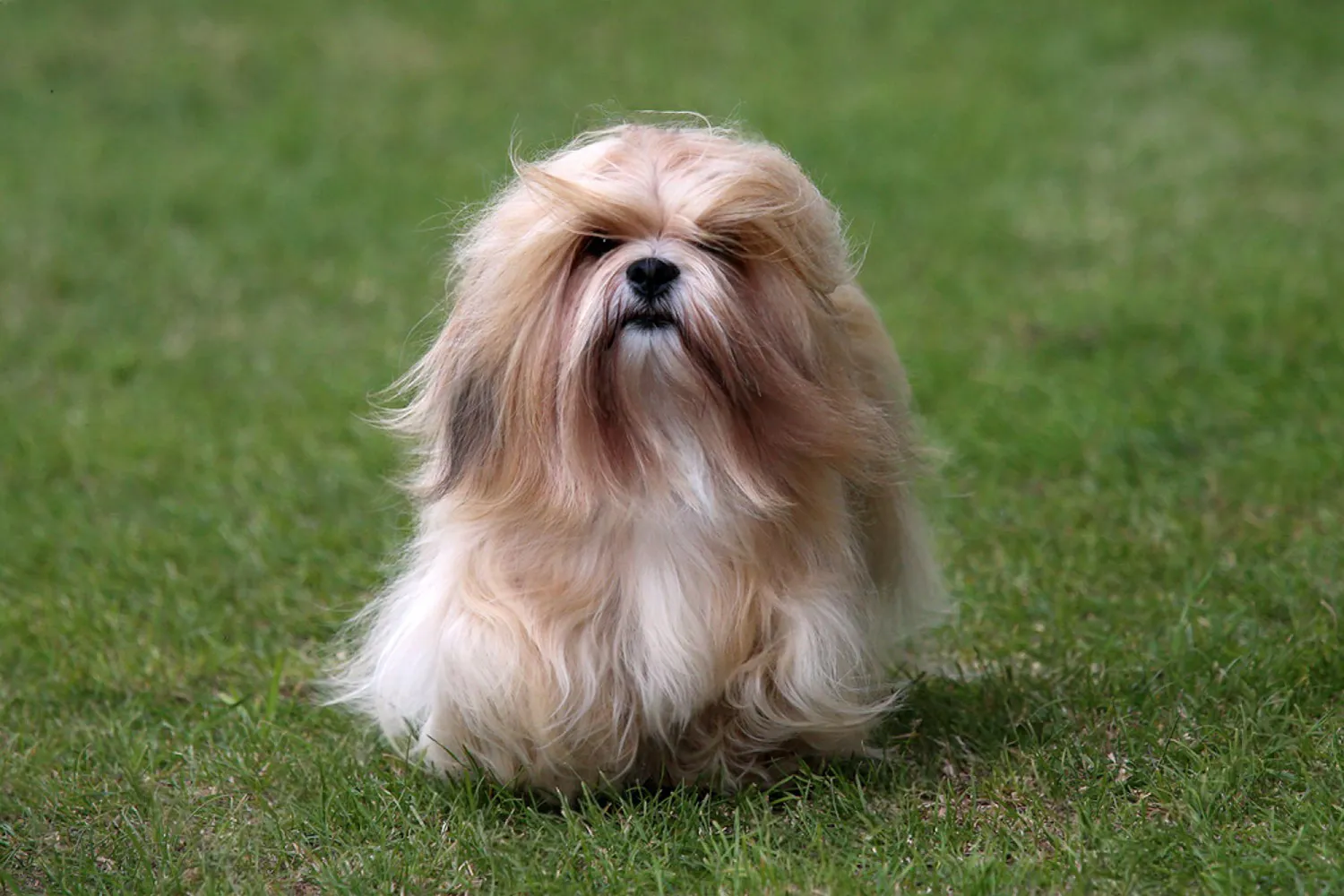
How Long Do Lhasa Apsos Live?
If you’re thinking about life with a Lhasa Apso, settle in they’re in it for the long haul. There’s even a record of one reaching 29 years old, which is wild to imagine. Most Lhasa Apsos live around 12 to 14 years, and I’ve met more than a few that happily toddled into their mid to late teens. My neighbor’s Lhasa, Tashi, turned 16 last spring and still insists on patrolling the fence like a tiny lion with a very important job.
That longevity is wonderful, but it’s also something to plan for. You might be welcoming a companion who’ll be with you through big life chapters new jobs, new homes, maybe even new kids or other pets. I tell friends considering a Lhasa: think long-term. Budget for regular vet care, keep up with grooming, and set aside a little “senior dog fund” as they age. One time I fostered an older Lhasa, and the thing that kept him spry wasn’t anything fancy just steady routines, short daily walks, and plenty of mental games. He was a whiz at finding treats hidden in muffin tins.
If you want to stack the odds in your pup’s favor, focus on the basics: a balanced diet, keeping them at a healthy weight, regular checkups (I switch to twice yearly visits once they’re seniors), and good dental care. Lhasas also appreciate gentle exercise and enrichment snuffle mats, nose work games, and calm neighborhood strolls. Keep their coat and eyes clean, add a few rugs for traction as they age, and a cozy bed in a warm spot doesn’t hurt. Do that, and you’ll likely have a charming little shadow by your side for many, many years.
How Much Should a Lhasa Apso Eat?
Lhasa Apsos are petite pups with big appetites, so a little goes a long way. In general, plan on about three quarters to one cup of quality dry dog food per day, split into two meals. Morning and evening works nicely. Dividing it up helps keep their energy steady and discourages that “vacuum cleaner” gobbling. I remember the day my Lhasa decided breakfast was a race switched to a slow feeder bowl and, like magic, mealtimes got calmer and tummies happier.
This breed can pack on pounds easily, and that glorious coat can hide extra weight. Keep treats tiny and count them as part of the daily portion. I like to pre portion the day’s food into a container, and any training treats come out of that stash. If you need a low calorie option, a few green bean pieces or carrot coins can be a lifesaver. Check their shape weekly: you should feel ribs without digging and see a gentle waist from above. If the “sausage silhouette” shows up, it’s time to trim portions a bit.
Light exercise a few times a week keeps them fit and cheerful short, brisk walks, some hallway fetch, or a sniffari around the block. My friend’s Lhasa, Poppy, thinks stair “mail runs” are a sport, and those five minutes add up. As always, adjust food based on age, activity, and metabolism, and ask your vet if you’re unsure. Puppies, seniors, and couch connoisseurs may need tweaks. Fresh water, a steady schedule, and a measuring cup you actually use those are the quiet heroes of Lhasa Apso mealtime.
Lhasa Apso FAQs
Can a Lhasa Apso be left alone at home?
Lhasas are famously independent little lions, and most don’t melt down the moment you grab your keys. With a bit of practice, they can stay home for a reasonable stretch without getting distressed. I like to ease into it: start with short departures, leave a food puzzle or stuffed chew, and keep goodbyes casual. A comfy bed in a quiet spot and some background noise (I use a fan or soft music) can make a big difference. If your dog is a window watcher and tends to bark at every passing leaf, try closing the blinds. Puppies, of course, need much shorter alone times and potty breaks, but an adult Lhasa who’s had consistent routine does just fine. I once set up a pet cam out of curiosity mine snoozed so hard I felt almost insulted.
Is a Lhasa Apso ideal for a first time dog owner?
Honestly, they’re not the easiest starter breed. Lhasas are bright but can be stubborn, so training takes patience, humor, and lots of rewards. Short, upbeat sessions work best end on a win and keep it fun. Grooming is the other big piece: their beautiful coat needs near daily care to prevent tangles. Think five to ten minutes most days, plus regular trims with a professional groomer. I learned the hard way that skipping a few days can turn “quick brush” into “full on detangling saga.” If you’re a first time owner who’s up for routine grooming and consistent training (a good puppy class helps), a Lhasa can still be a wonderful companion. Just go in with a plan and realistic expectations.
Are Lhasa Apsos hypoallergenic dogs?
No dog is truly hypoallergenic, but Lhasas shed very little, which many allergy sufferers appreciate. Their coat grows more like hair than fur, so you’ll see less floating fluff. Dander and saliva can still trigger allergies, though. My advice: spend time with a Lhasa before committing, keep up with bathing and brushing, vacuum regularly, and consider a HEPA air purifier. That combo has kept several of my sneezy friends comfortable.
Do Lhasa Apsos like to swim?
Most Lhasas would rather stay high and dry. Many will tiptoe around puddles and avoid big water if they can. Your dog might be different, but never force it being pushed to swim can be truly distressing. If you want to introduce water, try a shallow kiddie pool and let them choose to step in. A canine life vest helps confidence, and always rinse and dry the coat thoroughly afterward to prevent mats and ear issues. A friend once tried to coax her Lhasa onto a lake float; he pancaked on the dock and gave her a withering look that said everything.
Disclaimer:
This article is for informational purposes only and doesn’t replace professional veterinary or training advice. Always consult a certified vet or dog trainer for guidance specific to your pup.
